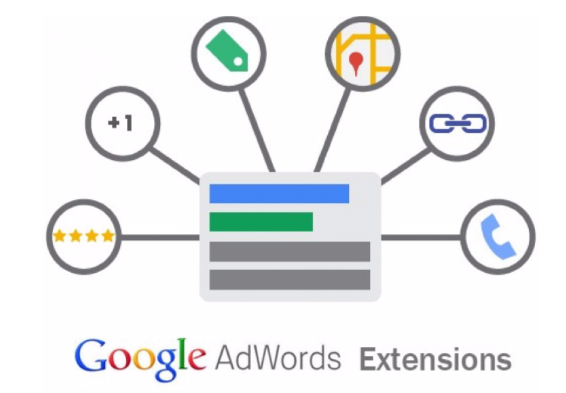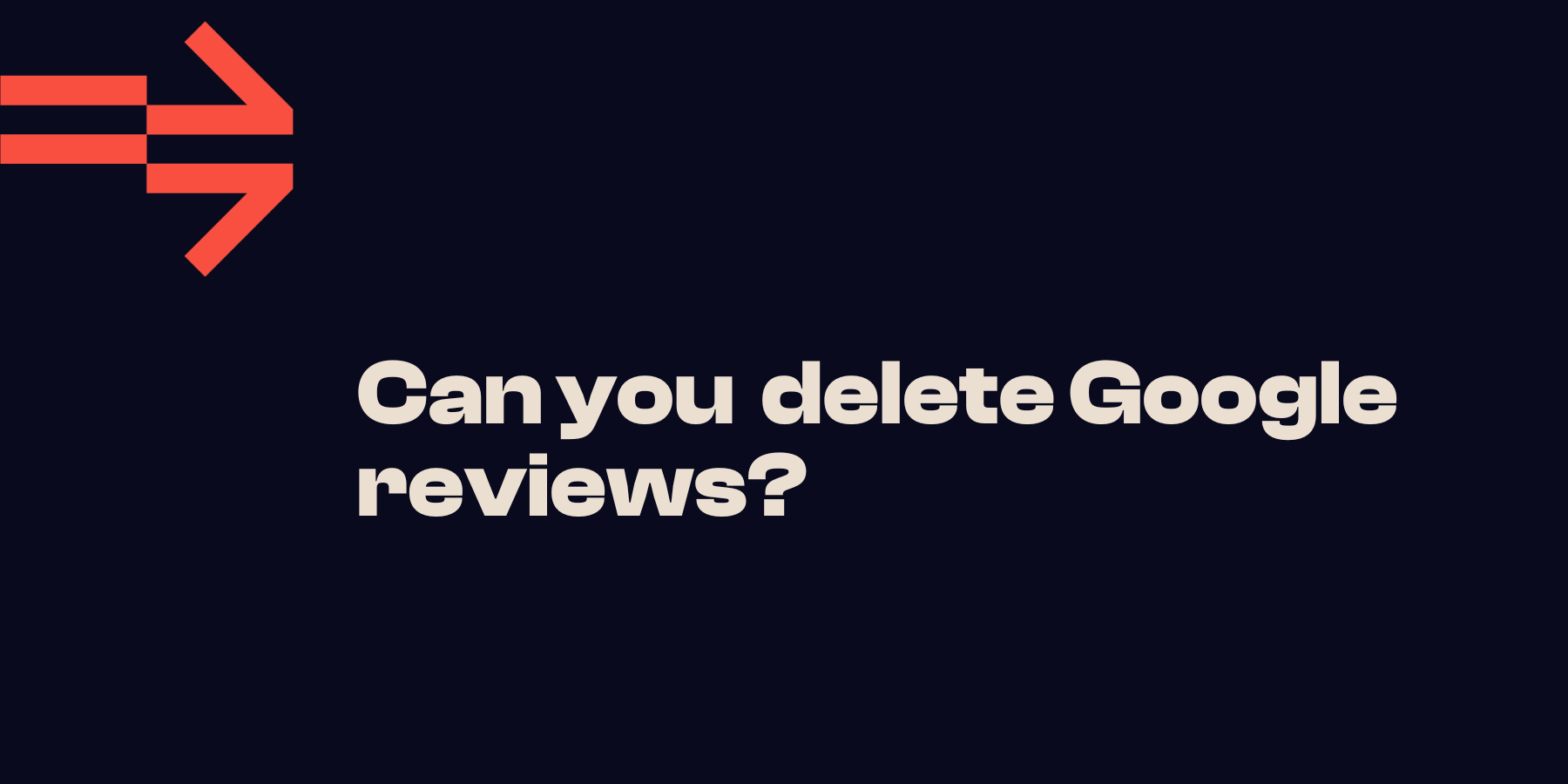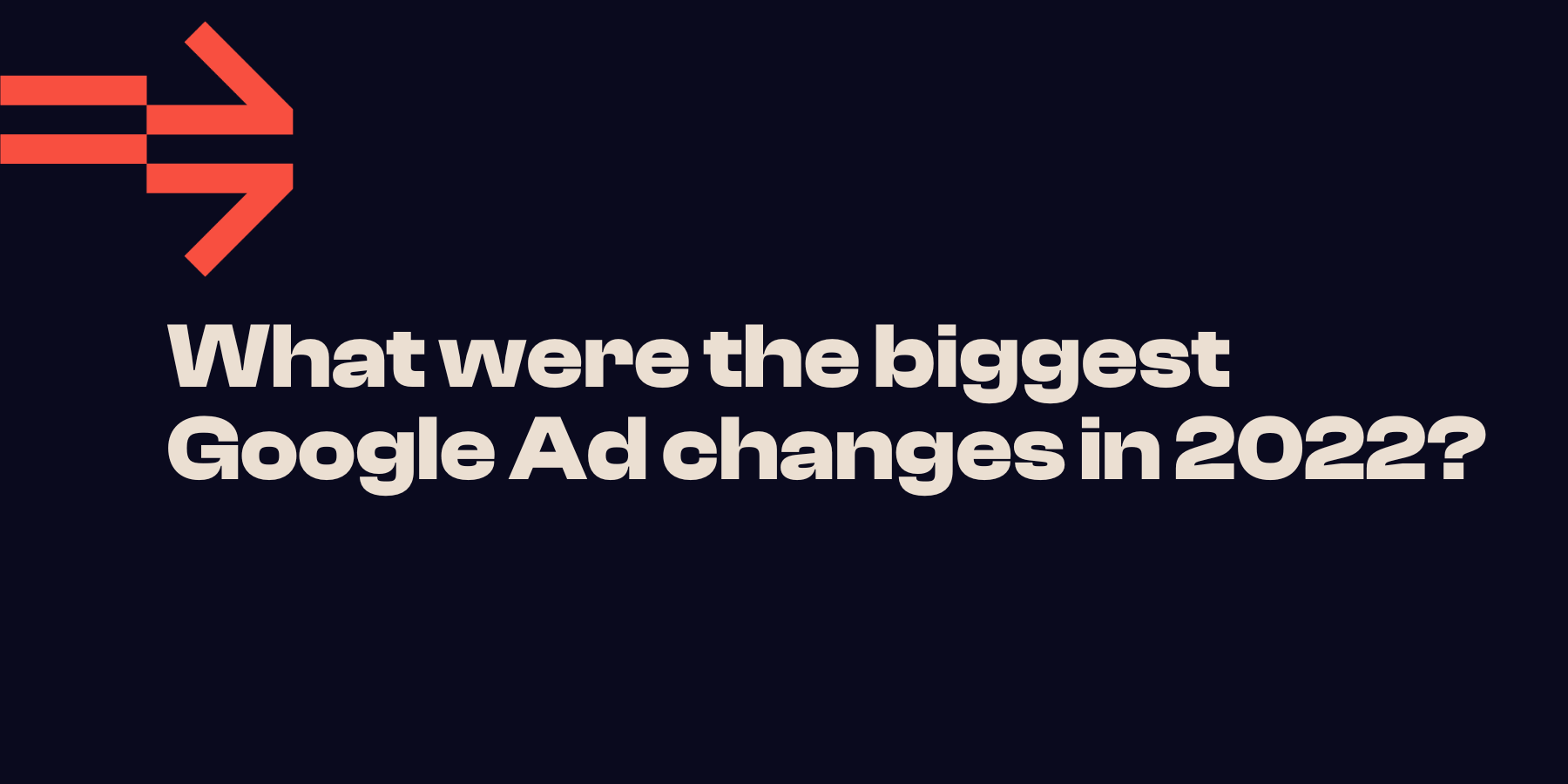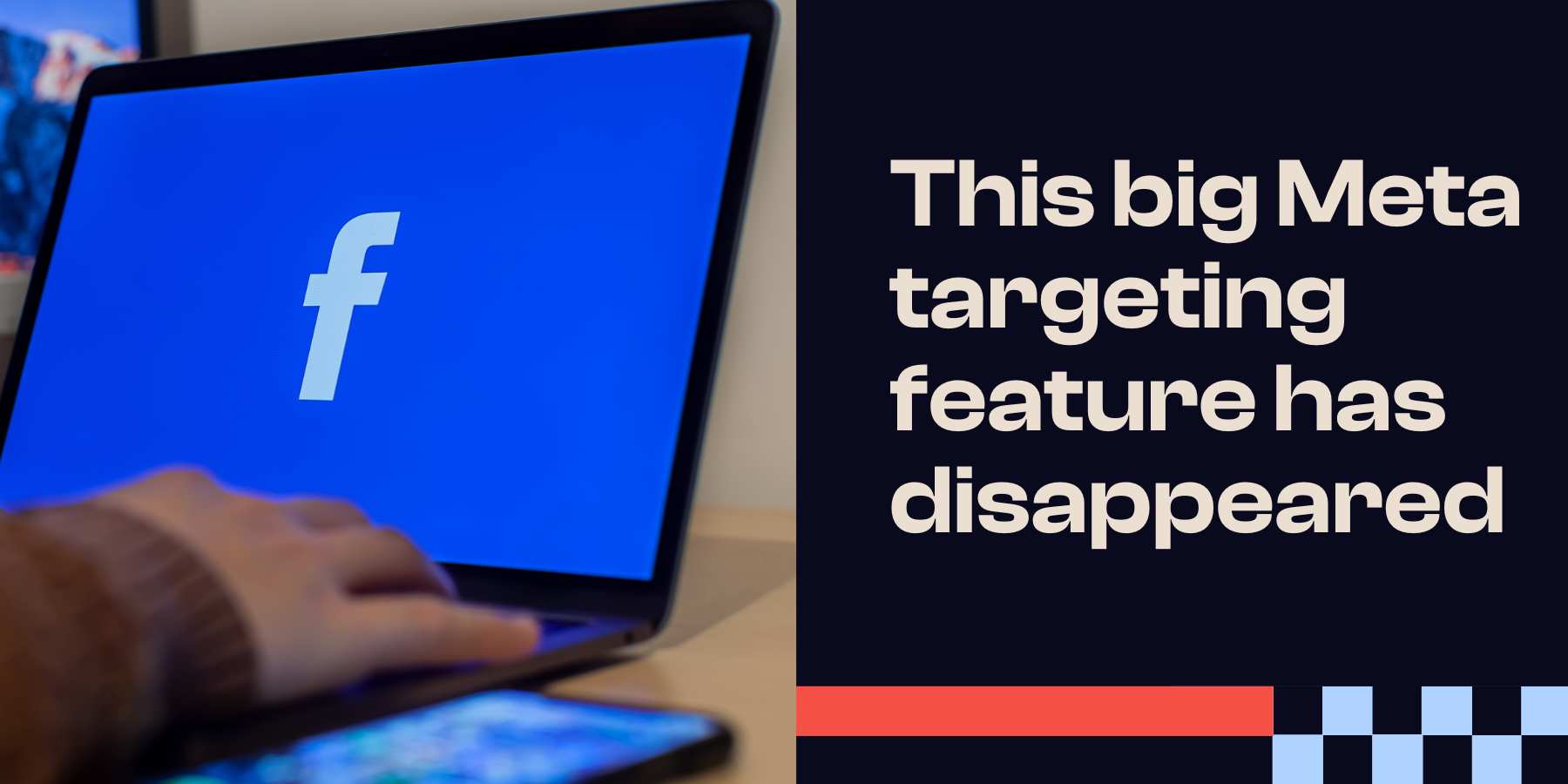Wave goodbye to Google’s similar audience
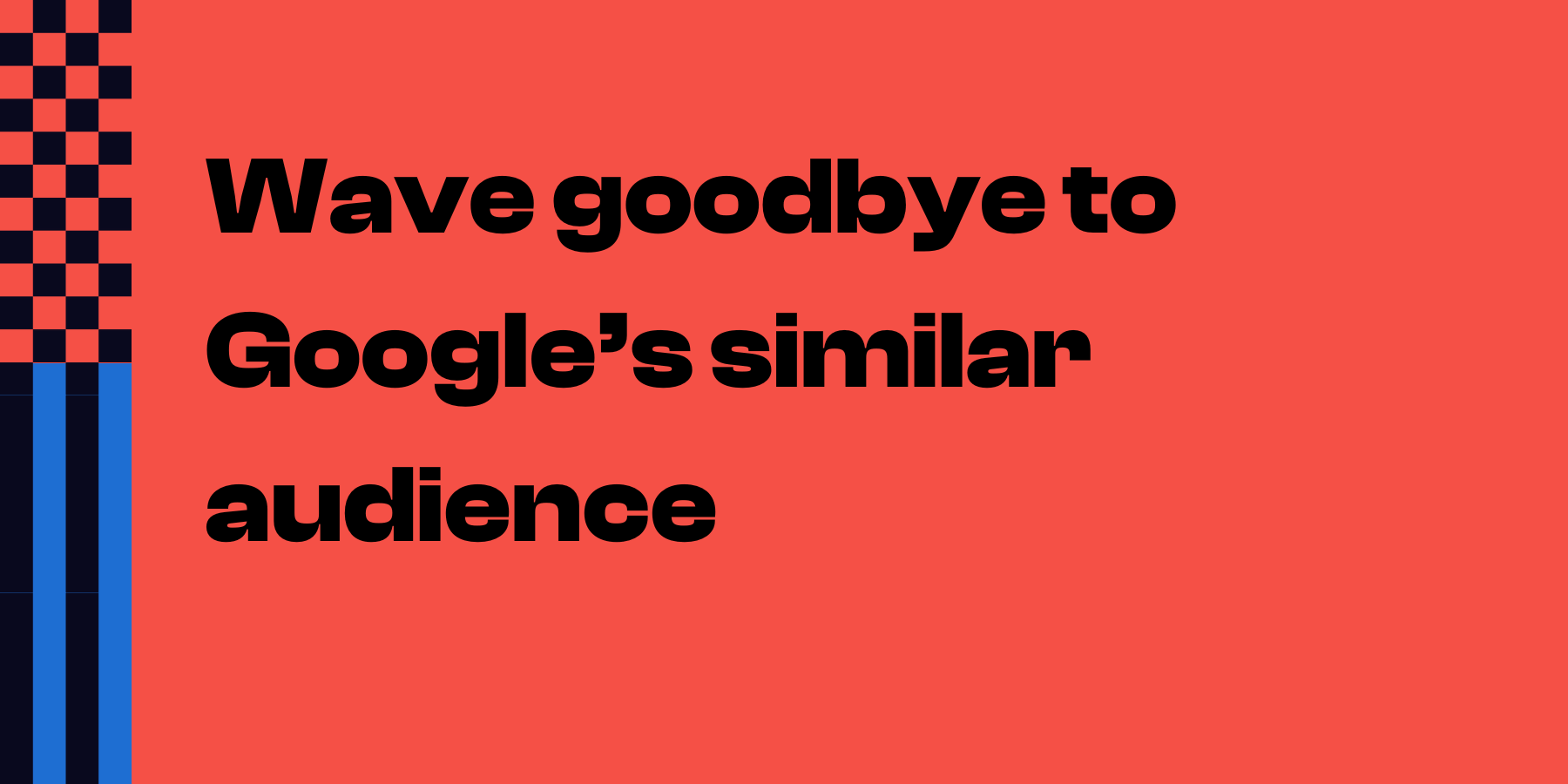
Last updated: 21 April 2023
Starting May 1, Google will start phasing out their similar audiences feature. This has been a valuable tool for advertisers looking to expand their reach and target new audiences, so this news has left many businesses wondering how they will adapt their strategies and maintain their digital marketing success.
In this blog, we'll explore what this change means for advertisers and provide insights into how businesses can adjust their strategies to continue reaching new customers effectively. We'll delve into why Google has made this decision, what alternative options are available, and how to navigate the changing landscape of digital advertising. So if you want to stay ahead of the curve and keep your advertising campaigns on track, read on to discover the latest developments from one of the world's most powerful tech companies.
What are similar audiences?
Similar audiences is a feature within Google Ads that allows advertisers to reach new potential customers who share characteristics with their existing customer base. This feature uses machine learning algorithms to analyse the behaviour and interests of an advertiser's existing audience and identify users who have similar attributes. Once Google has identified this group of users, advertisers can target them with ads tailored to their interests and behaviour.
To use similar audiences, an advertiser needs to have a pre-existing list of customers that they wish to target. Google Ads will then analyse this list and identify patterns in their behaviour, interests, and demographics. The algorithm will then look for users with similar characteristics who have not yet interacted with the advertiser's brand. This means that advertisers can expand their reach and target new potential customers who are more likely to be interested in their products or services.
Similar audiences can be an incredibly powerful tool for advertisers, as it allows them to reach a wider audience of potential customers who are likely to be interested in their brand. It can also help businesses to increase their conversion rates, as they are reaching users who are more likely to engage with their ads and make a purchase. However, with Google's recent announcement that it will be phasing out this feature, businesses will need to start thinking about alternative ways to reach new audiences and maintain their marketing success.
Why is Google phasing out similar audiences?
According to Google, the purpose of the change is to assist advertisers in adapting to the ever-changing landscape of consumer behaviour and online marketing strategies in the rapidly evolving privacy environment. The following timeline outlines the changes:
- By May 2023, Google will cease generating new similar audience segments and refrain from incorporating current similar audience segments into campaigns and ad groups. However, campaigns and ad groups that already utilise similar segments will continue to operate.
- By August 2023, Google will eliminate similar segments from all campaigns and ad groups.
Similar audience segments are created by analysing the data of users who have engaged with a particular website or advertisement and identifying similar groups of users based on their online behaviour. Advertisers can then use this information to target their ads to a specific group of users who are more likely to be interested in their products or services.
However, as privacy concerns have grown in recent years, similar audience segments have become a controversial issue. Critics argue that they are a potential invasion of privacy and can be used to create overly specific and potentially discriminatory advertising campaigns.
By removing similar audience segments, Google hopes to provide greater transparency and privacy protections for users while still allowing advertisers to effectively target their desired audience. This change will require advertisers to shift their strategies and find new ways to identify and reach their target audience. However, with careful planning and execution, advertisers should still be able to effectively reach their audience and achieve their marketing goals.
What’s going to replace similar audiences?
Gradual phasing out of similar audiences is set to take place in 2023, but Google is already suggesting alternative solutions for marketers to consider, well in advance of May. These include the following:
For Discovery, display, and video action campaigns, Google recommends optimized targeting to help advertisers find new and relevant audiences that are more likely to convert. These audiences do not rely on third-party cookies, but rather leverage first-party data segments as "hints" for targeting.
For video reach or consideration campaigns, Google suggests audience expansion as a replacement for similar audiences. Audience expansion employs machine learning algorithms to identify users that are most relevant to a brand based on its goals and helps to increase audience size.
For search and shopping campaigns, Google recommends using smart bidding to replace similar audiences. Smart bidding leverages signals from first-party data to automatically adjust bids and optimize campaign performance.
By offering these alternative solutions, Google aims to help advertisers find new ways to effectively reach their target audience while complying with privacy regulations and ensuring transparency and trust for users. These replacements are designed to provide advertisers with the tools they need to effectively reach their target audience and achieve their marketing objectives without relying on potentially invasive data practices.
TL;DR
Google is phasing out similar audiences, but the reasons for the change are not clear. It's likely that the move is a response to growing concerns about data privacy and a shift towards first-party data. Advertisers should focus on building their own first-party data sets and use Google's other audience targeting options, such as Custom Audiences, Lookalike Audiences, In-Market Audiences, and Affinity Audiences.
While there is no direct replacement for similar audiences, Google is continually updating its advertising platform, so new targeting options may be introduced in the future. Advertisers should stay up to date with the latest changes to Google Ads and experiment with different targeting options to find the best fit for their business.
Want to level up your Google Ads?
With Google phasing out similar audiences, businesses are left wondering how they will continue reaching new customers effectively. This change highlights the importance of staying ahead of the curve and keeping up with the latest developments in the digital advertising landscape. This is where Refuel Creative comes in.
Our Digital Advertising team offers a range of targeted solutions to help businesses adapt to the changing advertising landscape. With our help, you can level up your Google Ads and maintain your marketing success. So why not choose Refuel Creative to manage your Google Ads and stay ahead of the competition? Visit our Digital Advertising service page to learn more.

